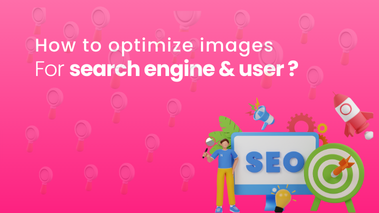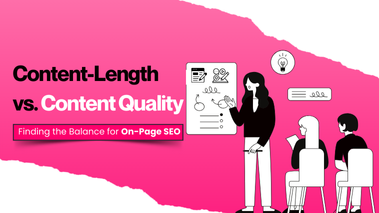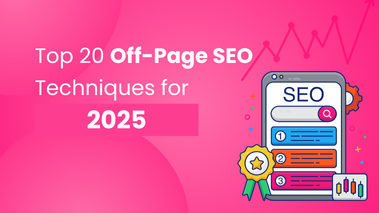How to Optimize Title and Meta Description for Better Ranking
Published on February 14, 2025
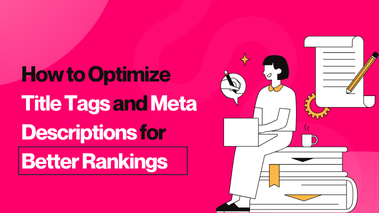
When it comes to improving your website’s search engine visibility, title tags and meta descriptions play a crucial role. These elements help search engines understand your content and influence click-through rates (CTR) from search results. If you’re wondering how to do SEO optimization, optimizing your title tags and meta descriptions is one of the first and easiest steps you can take.
In this blog, we’ll break down how to SEO optimize your website using effective title tags and meta descriptions, with examples and best practices to help you rank better.
1. What Are Title Tags and Meta Descriptions?
Before we jump into optimization techniques, let’s first understand these two critical elements:
- Title Tag: The clickable headline that appears on search engine result pages (SERPs). It gives search engines and users a clear idea of what the page is about.
- Meta Description: A short summary (usually 150–160 characters) that appears below the title tag in search results. It helps users decide whether to click on your link.
Example of a Title Tag and Meta Description on Google:
💡 Title Tag: How to Optimize Title Tags and Meta Descriptions for SEO
💡 Meta Description: Learn how to improve your search rankings by optimizing title tags and meta descriptions. Get step-by-step SEO tips and examples.
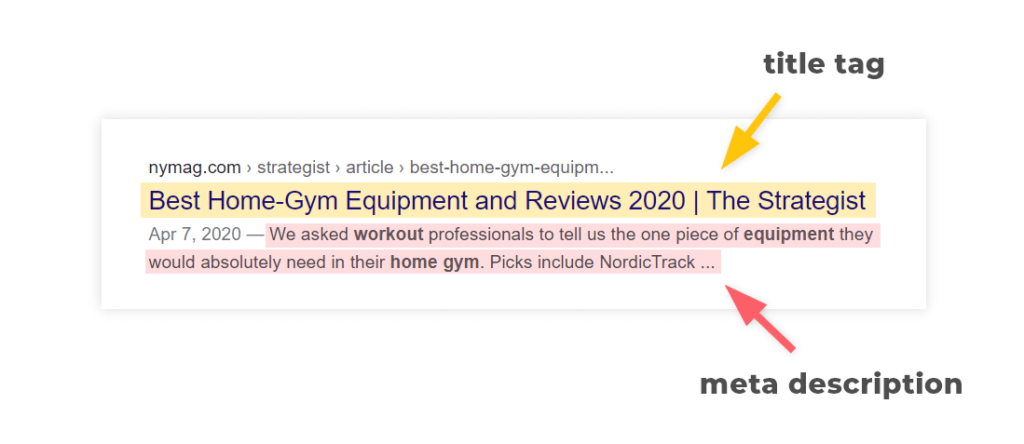
Both title tags and meta descriptions affect your website’s CTR (Click-Through Rate), which directly influences your rankings. Here’s why they matter:
✅ Higher CTR = More Traffic – A well-optimized title and description encourage users to click.
✅ Better Keyword Relevance – Helps search engines understand what your page is about.
✅ Improved User Experience – Provides users with quick, valuable insights before they click.
If you want to SEO optimize your website, these two elements should be your starting point.
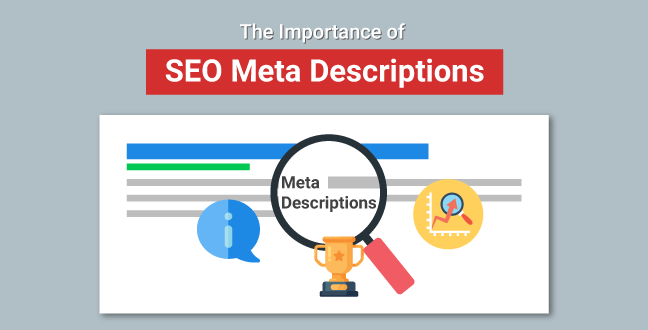
3. Best Practices for Optimizing Title Tags
A well-crafted title tag should be:
🔹 Under 60 characters – Google cuts off longer titles.
🔹 Keyword-rich – Include your target keyword naturally.
🔹 Clear and compelling – Encourage users to click.
Good vs. Bad Title Tag Examples
✅ Good Title Tag: “Best Digital Marketing Strategies for 2024 – SEO & Social Media Tips”
❌ Bad Title Tag: “SEO Strategies | Digital Marketing | Social Media” (Too generic, lacks a call to action)
How to Write the Perfect Title Tag
👉 Use numbers and power words – Example: “10 Proven SEO Techniques for Higher Google Rankings”
👉 Mention the benefit – Example: “How to Increase Website Traffic with SEO (Step-by-Step Guide)”
👉 Include your brand name (if relevant) – Example: “SEO Guide by XYZ Agency | Rank #1 on Google”

4. Best Practices for Optimizing Meta Descriptions
A good meta description should:
✔️ Be between 150–160 characters
✔️ Include your primary keyword naturally
✔️ Have a clear call to action (CTA)
Example of a Well-Optimized Meta Description
✅ Good Example: “Want to rank higher on Google? Learn expert tips on optimizing title tags and meta descriptions for better SEO performance. Read now!”
❌ Bad Example: “Title tags and meta descriptions are important for SEO. Optimize them to improve rankings.” (Too vague and boring)
Using On-Page SEO Services for Better Meta Descriptions
Many businesses use on-page SEO services to ensure that title tags and meta descriptions are optimized for search engines. Professional SEO experts use advanced strategies to craft engaging and keyword-rich descriptions that drive more clicks.
5. Common Mistakes to Avoid
Even with good SEO practices, some common mistakes can hurt your rankings:
🚫 Keyword Stuffing – “Best SEO Title Tag Optimization SEO Title Tags SEO” (Avoid repeating keywords unnaturally)
🚫 Generic Titles – “SEO Services for Websites” (Too broad, doesn’t stand out)
🚫 Missing Meta Descriptions – Google may auto-generate one, but it might not be relevant.
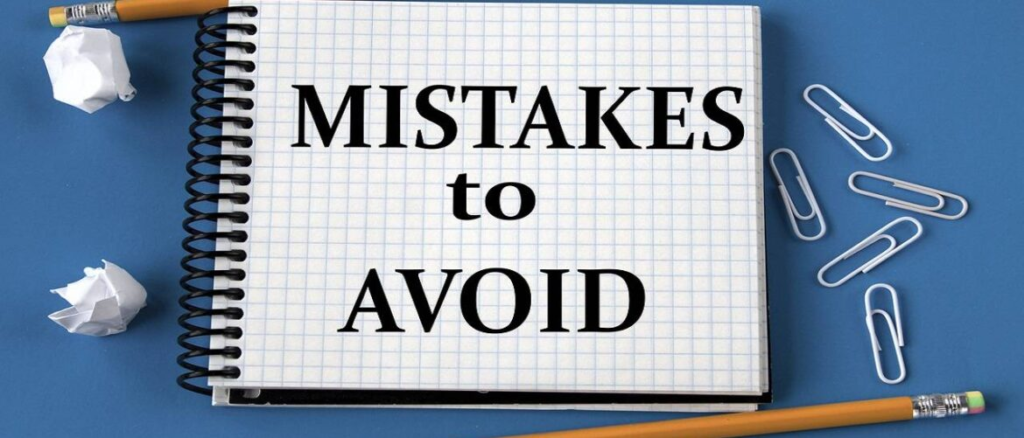
6. Advanced Tips for Title and Meta Description Optimization
If you want to go beyond the basics, here are some expert-level strategies:
🔹 Use Emotional Triggers – Example: “Struggling with Low Rankings? Try These SEO Tips!”
🔹 A/B Test Different Titles – Experiment with different title tags to see what drives more clicks.
🔹 Keep It Unique – Every page should have a distinct title and description.
🔹 Use Schema Markup – Rich snippets (e.g., star ratings, FAQs) can enhance your CTR.
7. Conclusion: Balancing SEO On-Page and Off-Page Strategies
While optimizing title tags and meta descriptions is crucial for SEO on-page and off-page success, it’s just one part of a larger SEO strategy. Combining on-page SEO techniques (like content optimization, internal linking, and page speed improvements) with off-page SEO (like backlinks and social signals) will yield the best results.
If you’re looking to boost your website rankings, start with the basics: optimize your title tags and meta descriptions, test different versions, and always focus on providing value to your users.
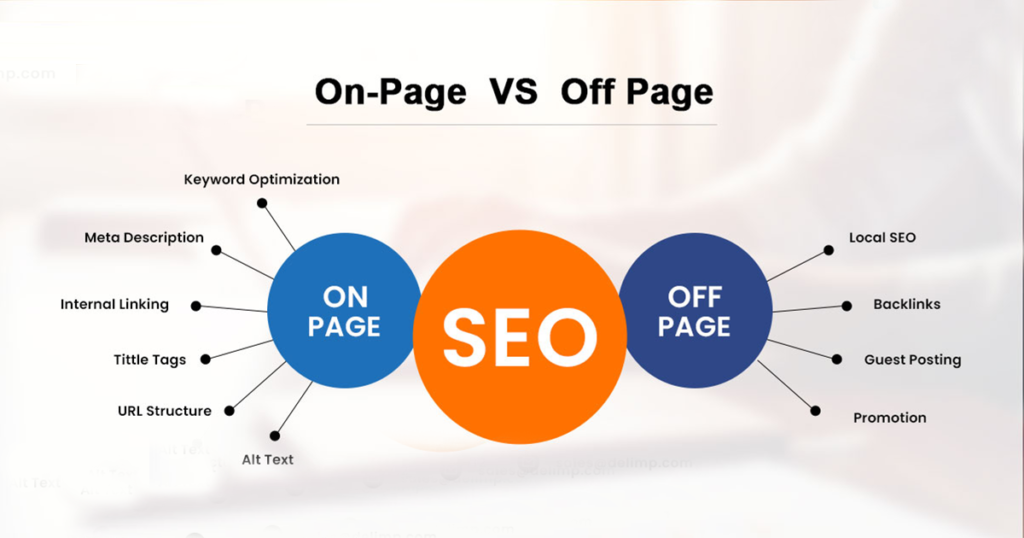
Need Help with SEO?
If you’re unsure how to implement these SEO strategies, consider professional on-page SEO services to optimize your website and increase traffic.
🚀 Want expert help? Contact us today for a free SEO audit! 🚀
Basic SEO For B2B : A Step By Step Guide
Learn the fundamentals of B2B SEO with this step-by-step guide. Optimize your website, improve rankings, and attract high-quality leads for sustainable growth.


About Alagar Raja
Alagar Raja is the founder of DIGITIFYU a lead generation agency for coaching businesses and health Industries. He aims to help coach businesses and health Industries. Connect with him on LinkedIn.


